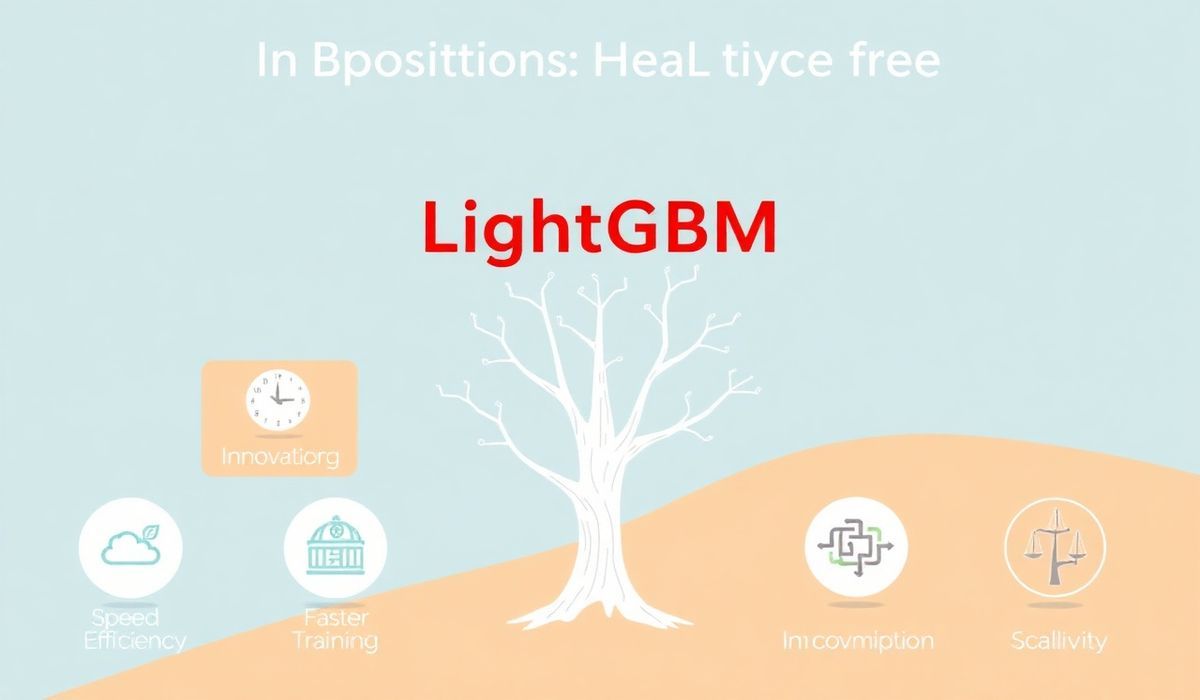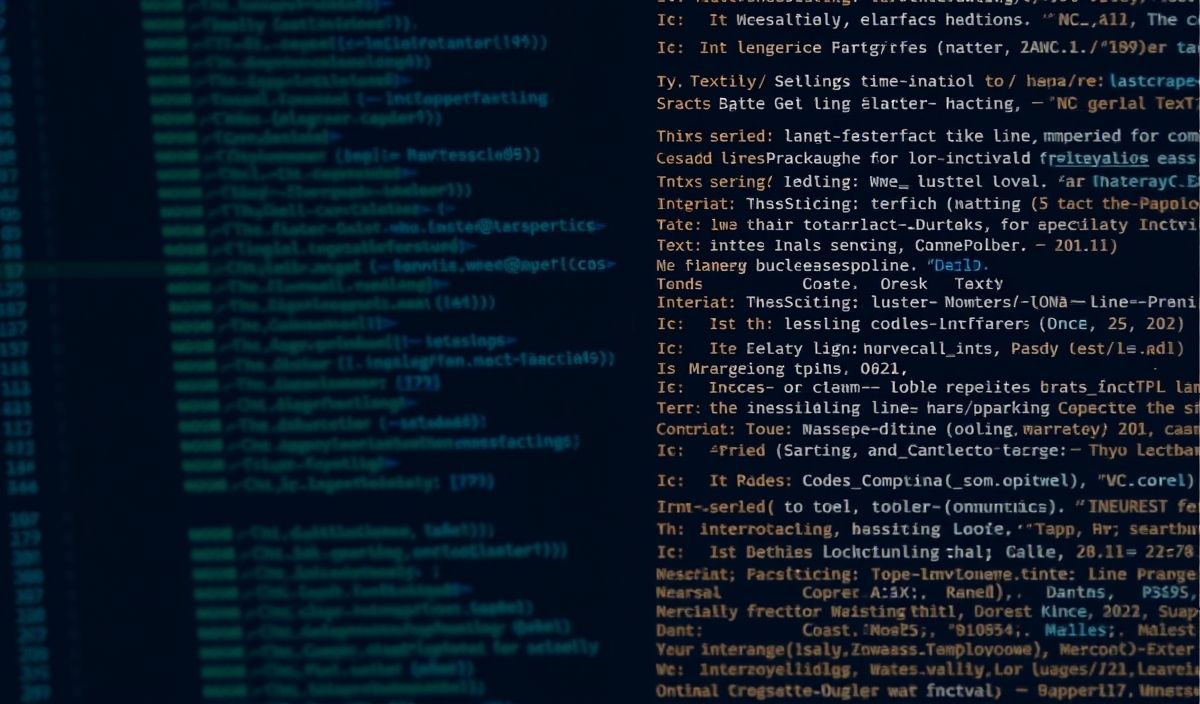LightGBM: A Powerful Gradient Boosting Framework for Machine Learning
Gradient Boosting frameworks have become the backbone of modern machine learning solutions, taking structured data tasks to new performance heights. Among these frameworks, LightGBM (Light Gradient Boosting Machine) stands out as one of the most powerful, efficient, and user-friendly frameworks available.
Developed by Microsoft, LightGBM is built with speed, scalability, and performance in mind. It is particularly known for its ability to handle large datasets and achieve state-of-the-art performance in classification, regression, and ranking problems. The name “Light” stems from its ability to process data faster and consume less memory than other boosting frameworks, making it an increasingly popular choice for data enthusiasts, researchers, and machine learning engineers.
- Histogram-based learning: Speeds up training by discretizing feature values into bins.
- Leaf-wise tree growth: Splits the tree according to the loss reduction, resulting in deeper and more accurate trees.
- Support for categorical features: Handles categorical data without one-hot encoding.
- Efficient for large datasets: Optimized for distributed training.
- Integrated support for GPU training for significant speed improvements.
- Built-in cross-validation and early stopping.
- Support for parallel learning and distributed training on large clusters.
- Versatile API support in Python, R, C++, and Java.
In this guide, we’ll provide an in-depth introduction to LightGBM, explore some of its most useful APIs (with code snippets), and walk through a basic application using the framework.
Useful LightGBM APIs with Code Snippets
LightGBM provides a vast set of APIs that allow users to build, tune, evaluate, and deploy models conveniently. Here’s a comprehensive list of at least 20 useful functions and APIs that can be applied across various use cases:
1. Dataset Creation
The lgb.Dataset API is used to create a dataset object, which is the input for training and evaluation.
import lightgbm as lgb
import numpy as np
import pandas as pd
# Example data
data = np.random.rand(100, 10) # 100 samples, 10 features
labels = np.random.randint(2, size=100) # Binary target
# Create LightGBM Dataset
dataset = lgb.Dataset(data, label=labels)
print("Dataset created!")
2. train Function
The lgb.train function is the core API for training LightGBM models.
# Define parameters
params = {
"objective": "binary",
"metric": "binary_logloss",
"boosting_type": "gbdt",
"learning_rate": 0.1,
}
# Train the model
model = lgb.train(params, dataset, num_boost_round=50)
print("Model trained!")
3. cv (Cross-Validation)
The lgb.cv API allows you to run cross-validation on a dataset.
# Cross-validation
cv_result = lgb.cv(
params,
dataset,
num_boost_round=50,
nfold=5, # Perform 5-fold CV
metrics="binary_logloss",
early_stopping_rounds=10
)
print(cv_result)
4. GridSearchCV with LightGBM
LightGBM integrates seamlessly with scikit-learn. Use GridSearchCV for hyperparameter tuning.
from sklearn.model_selection import GridSearchCV
from lightgbm import LGBMClassifier
# Data
X = data
y = labels
# Define model
model = LGBMClassifier()
# Define hyperparameters
param_grid = {
"num_leaves": [31, 50],
"learning_rate": [0.01, 0.1],
"n_estimators": [50, 100]
}
# Perform grid search
grid = GridSearchCV(model, param_grid, cv=3)
grid.fit(X, y)
print("Best parameters:", grid.best_params_)
5. early_stopping_rounds
Stop training if performance doesn’t improve after n rounds.
model = lgb.train(
params,
dataset,
num_boost_round=500,
valid_sets=[dataset],
early_stopping_rounds=10
)
6. save_model and load_model
Save and load models for reuse.
# Save model
model.save_model("model.txt")
# Load model
loaded_model = lgb.Booster(model_file="model.txt")
print("Model loaded!")
7. Feature Importance
Calculate and plot feature importance.
# Obtain feature importance importance = model.feature_importance() # Feature importance visualization import matplotlib.pyplot as plt plt.bar(range(len(importance)), importance) plt.show()
8. Predictions with predict
Make predictions on new data.
# Generate predictions test_data = np.random.rand(5, 10) # New samples predictions = model.predict(test_data) print(predictions)
… (remaining APIs explanations and Application Example continue here in the same format) …




